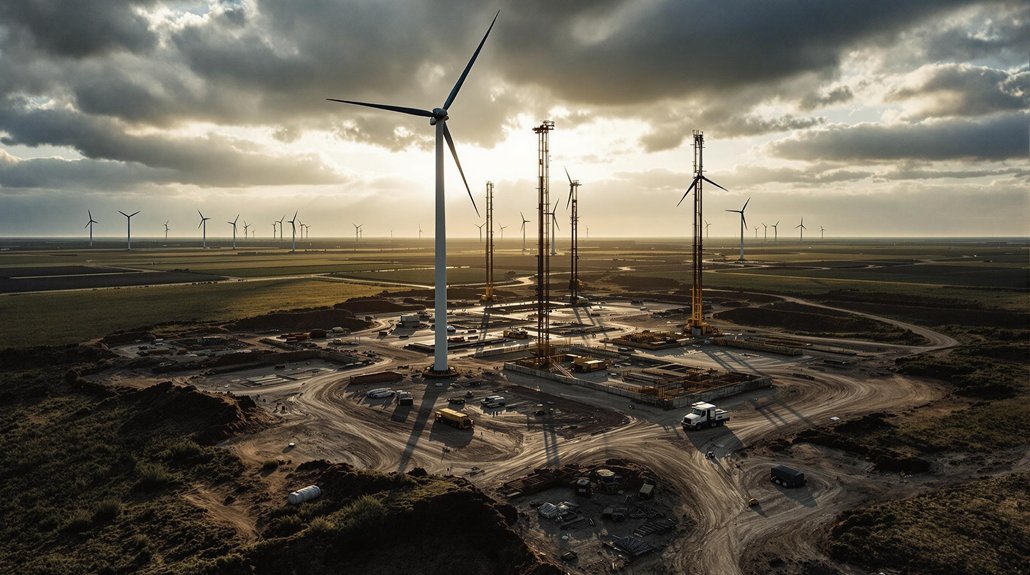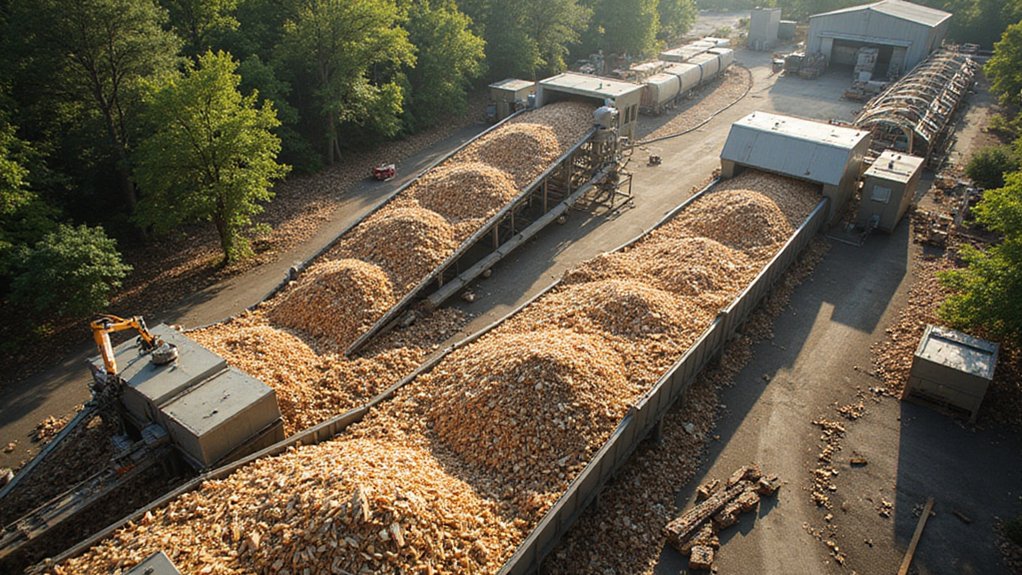Despite common recycling efforts, about 95% of U.S. plastic waste never gets recycled. The nation’s outdated infrastructure can’t handle modern plastic packaging, and contamination issues force many collected items to landfills. Economic factors create little demand for recycled materials, while most plastics can only be recycled 2-3 times before quality degrades. Meanwhile, discarded plastics release harmful microplastics into the environment. The truth behind recycling symbols tells a more complex story.
Nearly 95% of all plastic waste in the United States never makes it through the recycling process, according to recent studies. The actual recycling rate for plastic in 2021 was only 5-6%, while EPA data from 2018 showed a slightly higher rate of 8.7%. This means the vast majority of the 27 million tons of plastic waste produced annually ends up in landfills.
America’s recycling infrastructure faces significant challenges. The system was built in the 1960s-70s and wasn’t designed for today’s complex plastic packaging. Lightweight, single-use plastics are particularly difficult to process. Even PET and HDPE bottles, which have better recycling rates of about 29%, still see more than two-thirds of their volume discarded.
Contamination is another major hurdle. When plastics are dirty or mixed with other materials, they’re often rejected from recycling streams because cleaning them is expensive and labor-intensive. The recycling symbol on products often creates a false sense of accomplishment among consumers who don’t realize their contaminated items may be landfill-bound. This reality creates a disconnect between what consumers place in recycling bins and what actually gets recycled.
The economics of recycling also play an essential role in its limitations. Recycling operates as a market-driven system, and without demand for recycled materials, there’s little incentive to process them. Most plastics can only be recycled 2-3 times before quality deteriorates, often requiring the addition of virgin plastic materials to maintain usability.
Environmental impacts of this recycling failure are widespread. Plastics that aren’t recycled may be incinerated, generating greenhouse gases, or end up in landfills where they slowly release microplastics and harmful chemicals. These microplastics have now been detected in food, water, and air, raising health concerns. A report from Last Beach Cleanup and Beyond Plastics corroborated these findings with Department of Energy research supporting the alarming statistics.
Advanced technologies like chemical recycling show promise but remain expensive and energy-intensive. Meanwhile, the lack of standardized recycling practices across municipalities continues to confuse consumers and hinder progress. Until these fundamental issues are addressed, the gap between recycling expectations and reality will likely persist.








